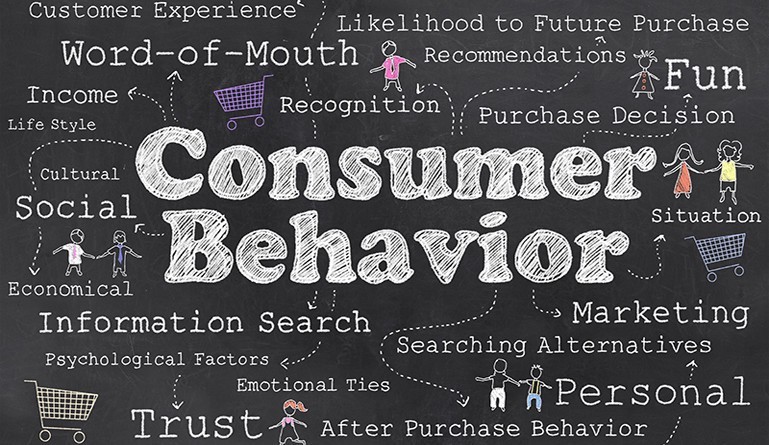Introduction
The advent of the internet has ushered in a transformative era, with electronic commerce, or e-commerce, leading the charge in this digital revolution. This article delves into the intricate world of e-commerce, exploring its historical roots, its impact on traditional retail, and the ongoing innovations reshaping the global marketplace.
1. Origins of E-Commerce
E-commerce, at its essence, represents the electronic exchange of goods and services facilitated through the internet. Its origins trace back to the 1970s, marked by the development of Electronic Data Interchange (EDI) systems, laying the groundwork for electronic transactions. However, it was the 1990s when the internet truly opened the doors to the customer-facing e-commerce we experience today.
2. Crossing Geographical Boundaries
A distinctive feature of e-commerce is its ability to transcend geographical limitations. Unlike physical stores confined by locations, online platforms provide a global marketplace where consumers can explore, compare, and purchase products from virtually anywhere worldwide. This global access empowers both consumers and businesses, irrespective of size, with unprecedented growth opportunities.
3. Impact on Consumer Behavior
The rise of online shopping epitomizes e-commerce's influence on consumer behavior. Unrestricted by store hours or geographic constraints, consumers can explore a vast array of products with a few clicks. Industry giants like Amazon and Alibaba have capitalized on this shift, offering an extensive range of goods while continuously refining the online shopping experience.
4. Business Models in E-Commerce
- Business-to-Consumer (B2C):
- Direct sales from companies to end-users.
- Democratizes business, allowing individuals to establish online stores and reach a global audience.
- Consumer-to-Consumer (C2C):
- Platforms like eBay and Craigslist foster direct transactions between consumers.
- Promotes recycling, reuse, and resource monetization, contributing to a more sustainable economy.
- Business-to-Business (B2B):
- Streamlines supply chains and facilitates professional trade between businesses.
- Focuses on enhancing procurement processes, optimizing inventory management, and fostering collaboration among enterprises.
5. Mobile Commerce (M-Commerce)
The mobile revolution significantly contributes to e-commerce through Mobile Commerce or M-Commerce. With widespread smartphone usage, consumers can shop on the go, anytime and anywhere. Mobile apps and responsive websites offer a seamless and user-friendly experience, expanding channels for businesses to engage with their target audience.
6. Payment Innovations
Continuous innovation in payment methods is a vital aspect of the e-commerce landscape. From traditional credit cards to digital wallets and cryptocurrencies, diverse payment options ensure secure and convenient online transactions. These advancements not only enhance user experience but also address concerns related to online security.
7. Supply Chain Optimization
Efficient operations and order fulfillment are critical for the success of any e-commerce venture. Businesses invest heavily in streamlining supply chains, implementing innovative delivery solutions such as robots and autonomous vehicles, and enhancing last-mile delivery for timely and reliable services. These improvements contribute to customer satisfaction and play a pivotal role in building trust and loyalty.
8. Data-Driven Personalization
The data-driven nature of e-commerce has ushered in a new era of personalized shopping experiences. Platforms leverage data analysis to understand consumer preferences, behaviors, and trends. This wealth of information enables businesses to tailor their offerings, provide personalized recommendations, and create targeted marketing campaigns. Consumers, in turn, experience more meaningful and engaging shopping interactions, fostering a connection with the brand.
9. Challenges in the E-Commerce Landscape
While the journey of e-commerce has been groundbreaking, it is not without challenges. Cybersecurity risks, privacy concerns, and the need for sustainable practices are significant issues that the industry must grapple with. Striking a delicate balance between innovation and responsibility is crucial for ensuring the long-term success and sustainability of the digital marketplace.
Conclusion
In conclusion, e-commerce has come a long way since its inception, reshaping the retail landscape and redefining the way we shop and conduct business. From the convenience of online shopping to the democratization of commerce, e-commerce continues to be a dynamic force with limitless potential. The future holds exciting possibilities, promising consumers worldwide an even more interconnected and personalized shopping experience as technology advances and consumer expectations evolve.





You must be logged in to post a comment.